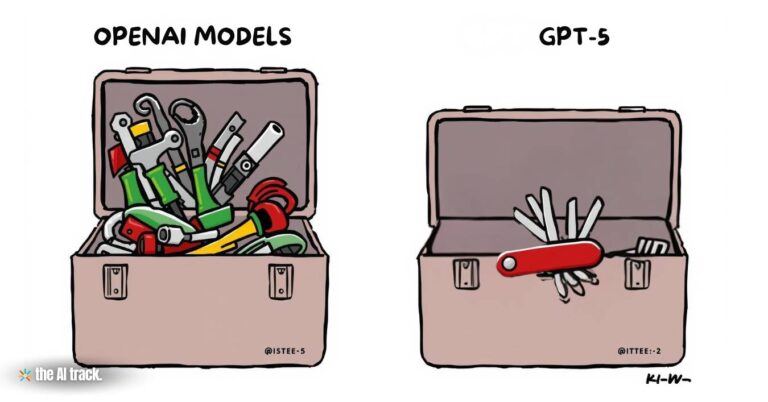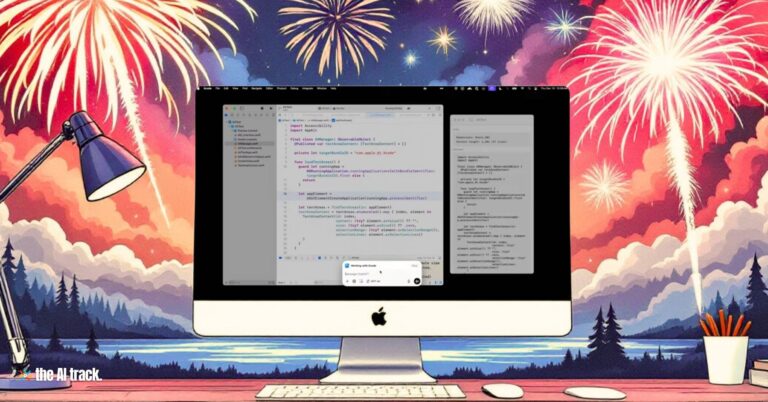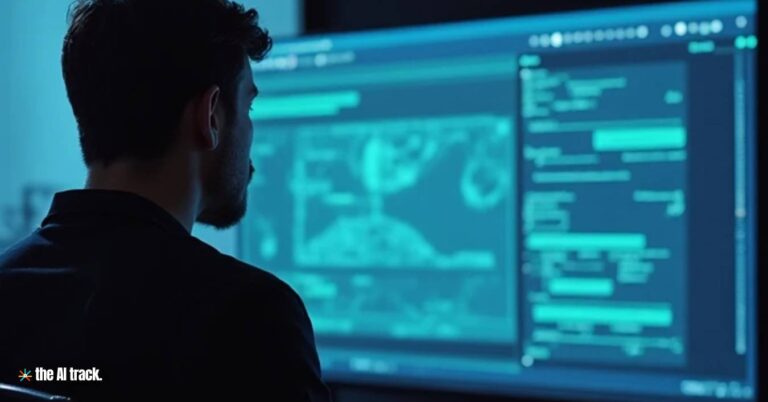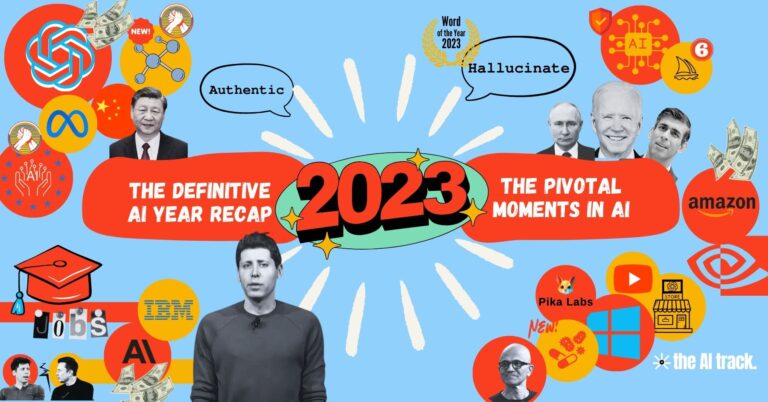OpenAI is consolidating its o-series “chain-of-thought” reasoning models with its GPT family of Large Language Models (LLMs), abandoning standalone releases like o3 in favor of unified systems. OpenAI Unifies AI Model Development as a strategic response to competitive pressures and market dynamics, aiming to streamline product complexity while addressing investor and user demands for cohesive AI solutions.

OpenAI Unifies AI Model Development – Key Points
- OpenAI Unifies AI Model Development by Integrating o3 and Merging Model Families: The company will no longer release o3 as a standalone model, instead embedding its capabilities into GPT-5. This move merges its specialized o-series (focused on step-by-step reasoning) with general-purpose GPT LLMs, creating integrated systems that leverage all of OpenAI’s technologies.
- GPT-4.5 (“Orion”) as Final Non-Chain-of-Thought Model: CEO Sam Altman confirmed GPT-4.5, codenamed “Orion,” will debut in the coming weeks as OpenAI’s last non-chain-of-thought model. The model faced internal development challenges in November 2023 but remains on track for release.
- Simplification of Product Offerings: Altman emphasized reducing complexity in OpenAI’s lineup, stating, “We want AI to ‘just work’ for you; we realize how complicated our model and product offerings have gotten.” OpenAI Unifies AI Model Development to position GPT-5 as a multifunctional system integrating voice, canvas, search, and research tools.
- Subscription Tiers and Access:
- Free Users: Unlimited access to GPT-5 at a “standard intelligence setting” with usage limits.
- Plus/Pro Subscribers: Tiered access to higher intelligence levels, though specifics remain undefined.
- Timeline and Technical Ambiguities: GPT-4.5 is expected within weeks, with GPT-5 following in months. Details on training data, energy use, and carbon emissions for both models remain undisclosed, raising questions about environmental impact.
- Industry Context: The announcement follows competitive pressure from Chinese AI firm DeepSeek, which disrupted market confidence in Western AI dominance. Concurrently, governments (U.S., EU, France) pledged hundreds of billions toward AI infrastructure, intensifying global AI investment.
- Critiques and Limitations: While GPT-5 integrates advanced features, critics like Google DeepMind researcher Juliette Pluto argue it represents a repackaging of existing technologies rather than a breakthrough. Persistent challenges like hallucination and algorithmic bias remain unaddressed.
Why This Matters: OpenAI Unifies AI Model Development to maintain market leadership amid rising global competition and investor scrutiny. By unifying its models, the company seeks to deliver a seamless, multifunctional AI experience. However, skepticism persists about GPT-5’s novelty and OpenAI’s ability to resolve longstanding technical flaws. The roadmap underscores both the rapid evolution of AI ecosystems and the strategic balancing act between innovation, usability, and transparency.
The Best FREE AI Tools, meticulously curated to enhance your daily activities. Every tool is tested by The AI Track team, ensuring we only present the best.
Read a comprehensive monthly roundup of the latest AI news!







